Van Gogh village museum tells story of the Potato Eater years
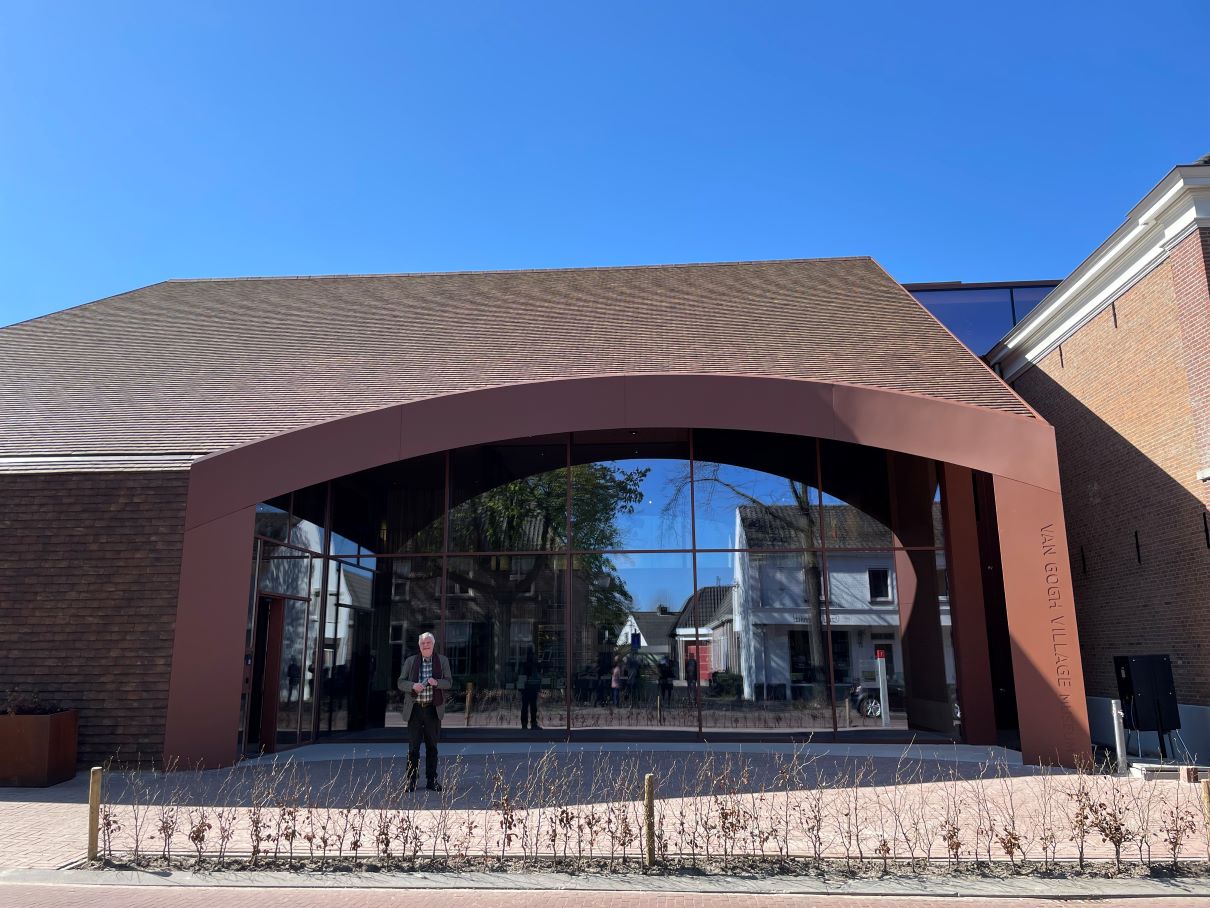
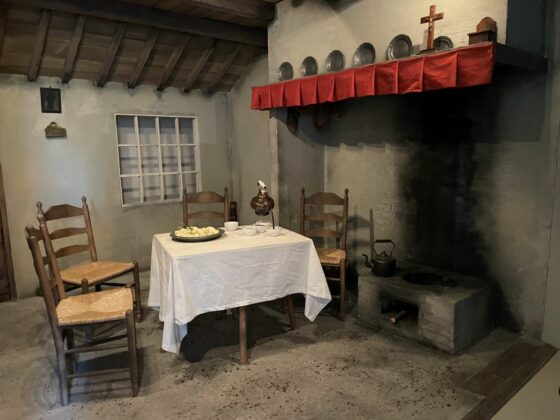
A museum in the village where Van Gogh painted his archetypal Potato Eaters has managed to tell the story of his Dutch life and work – without a single one of his paintings.
Van Gogh Village Museum in Brabant, which re-opened last month after a major extension and renovation, aims to take visitors on a journey through the misunderstood painter’s times and techniques living as a Protestant in a largely traditional, Catholic Dutch village.
The building, formerly the Museum Vincentre and before that the local city hall, a school and even a Chinese restaurant, has been transformed thanks to a €2.5 million loan from the province and private fundraising.
One part now tells the story of the Dutch artist’s life and early times in the Netherlands, with artefacts and copies of works, one room has a recreation of The Potato Eaters, and a temporary exhibition space will show contemporary art exhibitions such as photography inspired by Van Gogh.
Visitors begin their tour of the museum with a film on Van Gogh in the Netherlands, drawing from his many letters, leading to a series of rooms recounting his life and study of painting. Upstairs, several rooms explore Van Gogh’s influence and relationship with fellow painters of the era such as his friend Anthon van Rappard and his student Anton Kerssemakers. Meanwhile in another wing, an interactive display created with chip maker ASML demonstrates how the Dutch painter experimented with colour, light and contrast.
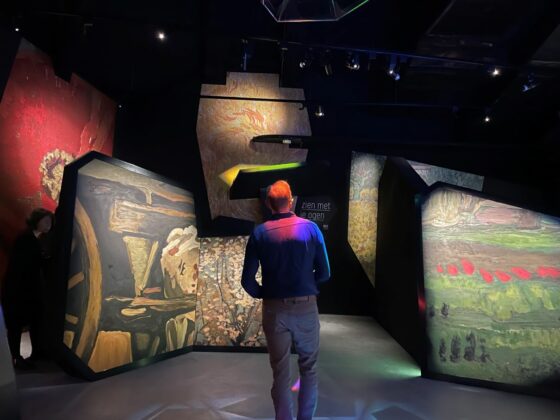
Life
‘We have a collaboration with the Noordbrabants Museum, where the real paintings are, and here we focus on his life,’ said Frank van den Eijnden, director of the Van Gogh Brabant foundation. ‘There are no original Van Goghs because it’s too expensive, although there are original paintings from his friends.The real paintings are across on the other side of the street, in the Noordbrabants Museum!’
The painter, as the village museum explores, struggled to find a place in his traditional Dutch community. He was born in the Dutch village of Zundert in 1853, was partly home schooled, and began working in an art dealership before trying his hand at teaching in England and being a priest.
By 1881, however, he was back in the Netherlands trying to be an artist, moving back in with his parents in Neunen – where he would create his first studio in a laundry room behind his parents’ home. In this period, he would become fascinated with workers on the land and in 1885 painted his dark-toned, masterpiece The Potato Eaters.
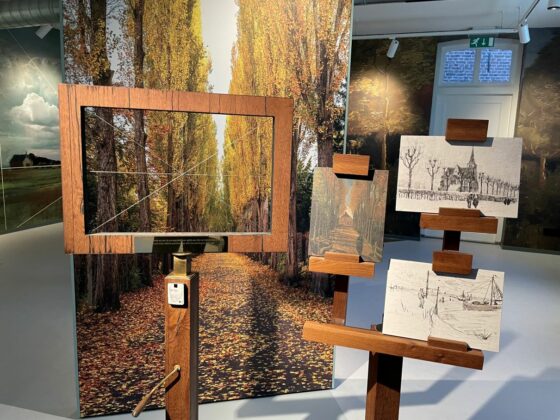
Icon
The Dutch museum recounts this period of his life in the Netherlands with the help of objects, audio, letters and reproductions of his famous paintings. In one room, for instance, visitors can use the kind of tool Van Gogh employed to understand perspective. In another, lies the only formal record of his time in Neunen, the town’s signed civil registry (despite the fact that ‘Vincent detested formalities’).
Rather like a display in the Prinsenhof Museum in Delft telling the story of Johannes Vermeer’s life without his works, the Van Gogh Village Museum vividly pieces together a key time in the life and work of Vincent Van Gogh. Afterwards, he would cut his ties with the Netherlands, move to France, change his colour palate and painting style dramatically and see his mental health deteriorate to the point of suicide in 1890.
‘We don’t have a bigger icon in the region than Vincent – the whole world knows Vincent van Gogh,’ Simone Simone van der Heiden, director of the Van Gogh Village Museum told Dutch press at an opening event. ‘Here we show the story of his life, but it’s also outside on the streets, in the monuments and buildings. That is really unique.’
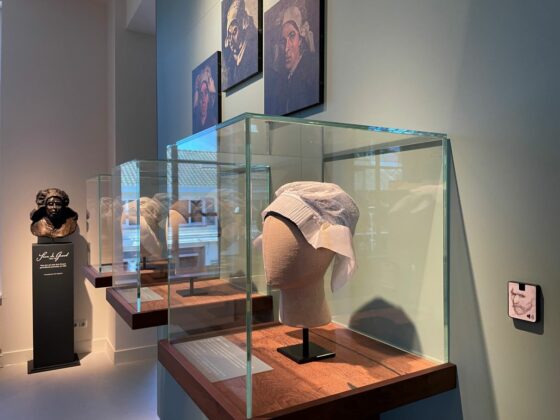
Downstairs, an interactive light display aims to show visitors how Van Gogh played with colour and contrast in order to highlight certain aspects of his paintings, by illuminating aspects of the works under lights of different colours and strengths. Hans Keijzer, a guide and on the steering committee of the museum, said this was a long process for the artist but one that modern visitors can explore in minutes.
‘It took him months and months to discover the connection between light and colour, but in the light lab, you too will see the connection,’ he said. ‘With our eyes, we do not see light, but the reflections of light – from the walls, from clothes, from a staircase.’ It was the artists’ journey, he said, to discover this.
The Van Gogh Village Museum will be opened officially on May 16 by queen Máxima, and is part of the Museumkaart entry scheme.
Thank you for donating to DutchNews.nl.
We could not provide the Dutch News service, and keep it free of charge, without the generous support of our readers. Your donations allow us to report on issues you tell us matter, and provide you with a summary of the most important Dutch news each day.
Make a donation